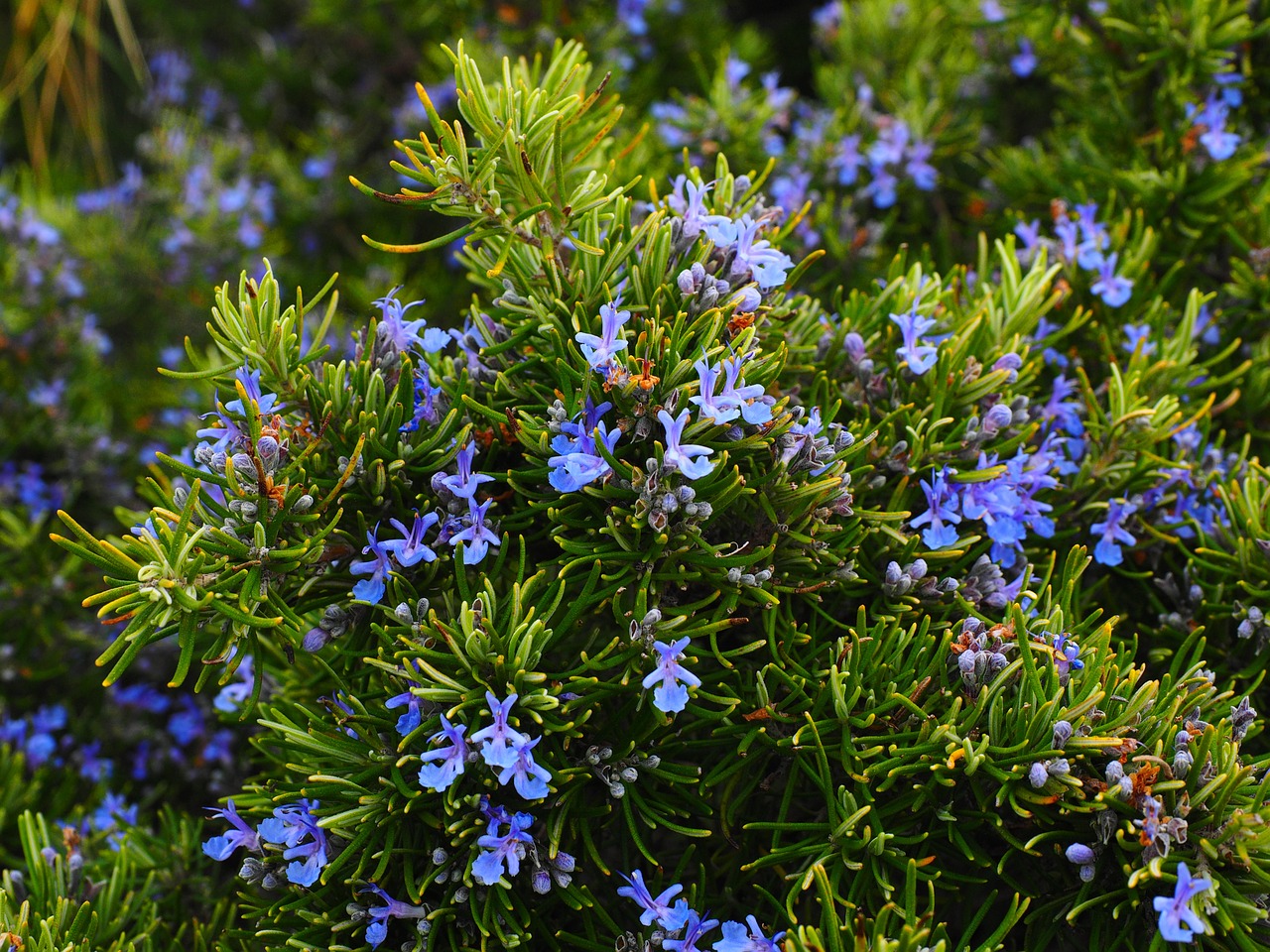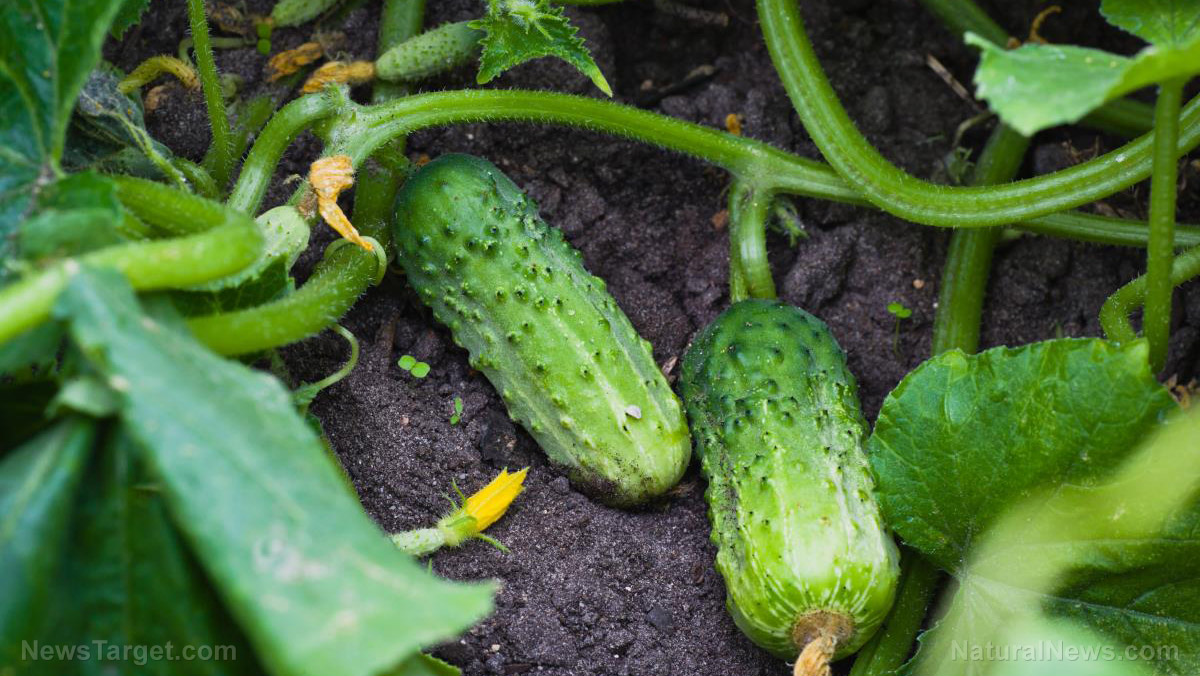
Rosemary was traditionally used to improve memory, promote hair growth, alleviate muscle pain, and boost the immune system. Its name is derived from the Latin words “ros” and “marinus,” which mean “dew” and “sea” respectively. Thus, this beautiful perennial shrub is the “sea dew” of our kitchen -- one that can be easily grown at your convenience with these easy tips.
Plant care
This herb grows the most during spring and fall. Rosemary plants require at least six to eight hours of direct sunlight. Take special care to ensure a nice, warm, humid environment as rosemary thrives in these conditions. It cannot withstand extremely cold climates so make sure to cover it during winter (or anytime the temperature reaches below 30 degrees Fahrenheit). Make sure your rosemary is planted in well-drained, sandy soil. Gardeners recommend using terra cotta points in the bottom of pots as these allow the plant to dry faster. That being said, it is still important to thoroughly water the plant when the soil is dry to the touch. Allow the plants to dry out between watering intervals. If you choose to grow these plants indoors, keep them in a place that is exposed to sunlight while being free of drafts.
An average rosemary bush can grow as high as 24 to 36 inches tall. Try spacing plants at around 24 to 36 inches apart.
You should regularly prune or trim your rosemary plant to make it bushier. Many herbs -- particularly those that are used in seasonings -- love being trimmed every now and then. Snip excess sprigs as you would with a typical houseplant. Trim rosemary once blooming has stopped. The general rule of thumb is not to take more than one-third of the plant at any time. Make your cuts just above the leaf joint.
How to propagate new rosemary plants
Propagate rosemary with cuttings. You can try to get them to germinate through rosemary seeds, but this is often quite challenging and is only really recommended for the advanced gardener.
For novices, it is preferred to start new rosemary plants from cuttings from existing evergreen plants. Cut a sprig that is around two inches long. Carefully remove the leaves at the bottom two-thirds of the cutting. Plant these cuttings in a mixture of perlite and peat moss, or any nutrient-dense soil. Spray these with water until roots begin to grow. Once the roots develop, plant the cuttings as you would any other rosemary plant.
Take note that rosemary plants should be re-potted at least once a year as they are prone to becoming root bound. A great way to determine if this is happening is to look for any sign of yellowing of the lower foliage.
Rosemary is linked to several health benefits. Studies suggest that rosemary can improve digestion and can guard against macular degeneration. Other studies show that an ingredient in the herb, carnosic acid, can prevent free radical damage in the brain. Researchers say this makes the herb an excellent herbal medicine against neurological diseases.
The effects of rosemary are not limited to its raw form. The herb can be synthesized into an oil or extract, which can also be advantageous to one’s health. There is data that assumes a link between rosemary extract and cancer prevention. Crude ethanolic rosemary extract has anti-prolific effects on human breast carcinoma and leukemia cells. Similarly, rosemary oil is also associated with improved cognitive performance. The volatile oils in rosemary are also known to repel insects, so why not plant a rosemary bush by your door today?
Read HomeGardening.news for more stories on growing your own plants, herbs and food.
Sources:
Please contact us for more information.






















